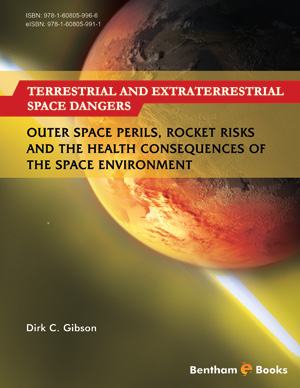Abstract
This chapter discussed the concept of the black hole. Black holes were defined and differentiated into three groups; mini-black holes, intermediate black holes and supermassive black holes. Black hole effects include extraordinary gravitational pull and the emission of radiation. Matter is also crushed into zero volume, and the spaghettification phenomenon means that black holes stretch things to death. Black holes are fearsome objects, in part because they are dangerous from a distance and also because you can accidentally get relatively close to them. The future destruction of the Earth by a black hole was vividly described. There are about two dozen black holes in the Milky Way and millions in the universe. The dangers posed by the accretion disk were explained and described.
Keywords: Accretion disk, black hole, blasting, electromagnetic radiation, electromagnetic spectrum, escape velocity, event horizon, galaxy, gravity, miniblack holes, neutron star, primordial, Sagittarius a star, shock wave, singularity, sonic boom, spaghettification, supermassive black holes, ultramassive black hole, zero volume.













